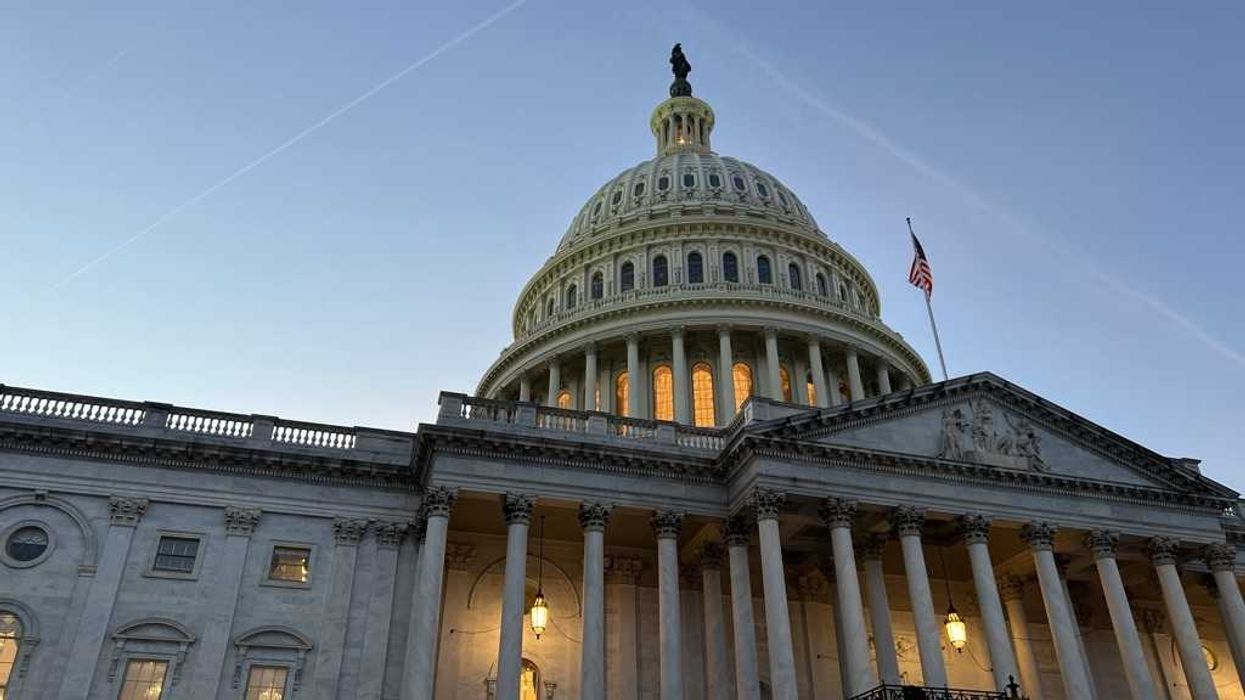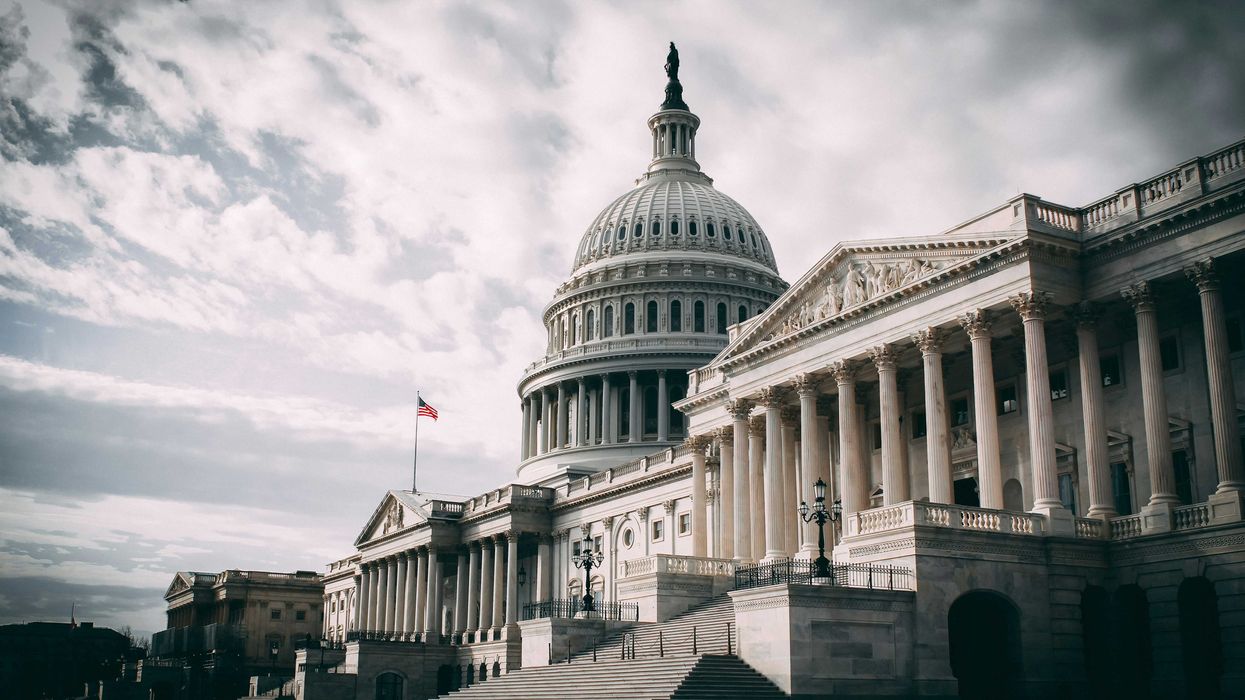Since our founding in 2001, we have worked to make government more effective and efficient. Our nonpartisan stance allows us to collaborate with many different stakeholders who share our vision for a better government. We serve as a bridge between administrations, across the political aisle and from government to the private sector, bringing together diverse perspectives to develop forward-thinking solutions and put them into action. But improving government requires more than just ideas — we need a talented corps of knowledgeable, action-oriented problem-solvers capable of driving results and innovation. That's why we work with leaders throughout government to help them transform the government we have into the government we need.
Partnership for Public Service
By David MeyersJul 25, 2019
David Meyers
David Meyers is the Executive Editor of The Fulcrum. Before launching The Fulcrum, David spent more than two decades at CQ Roll Call, a leading publisher of political news and information. During his time there, David served as managing editor of Roll Call (“the newspaper of Capitol Hill”) and as managing editor of member information and research, which included co-editing the definitive biographical directory of Congress, “Politics in America.” David went on to lead all of CQ Roll Call’s congressional research teams as vice president of research and content development before shifting to a revenue and strategy role as vice president of business operations for Roll Call, working with the advertising and editorial teams to develop new revenue models and expand the company’s events business. David lives in Fairfax, Va., with his wife, two daughters and rottweiler. A graduate of Tufts University, David is a past president of the Tufts University Alumni Association. He is also a past president of the Washington Press Club Foundation, which works to celebrate and advance the role of women and minorities in the media. David currently serves on the board of directors for Temple B’nai Shalom in Fairfax Station.





















